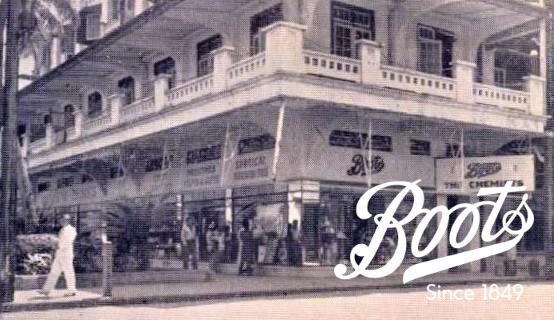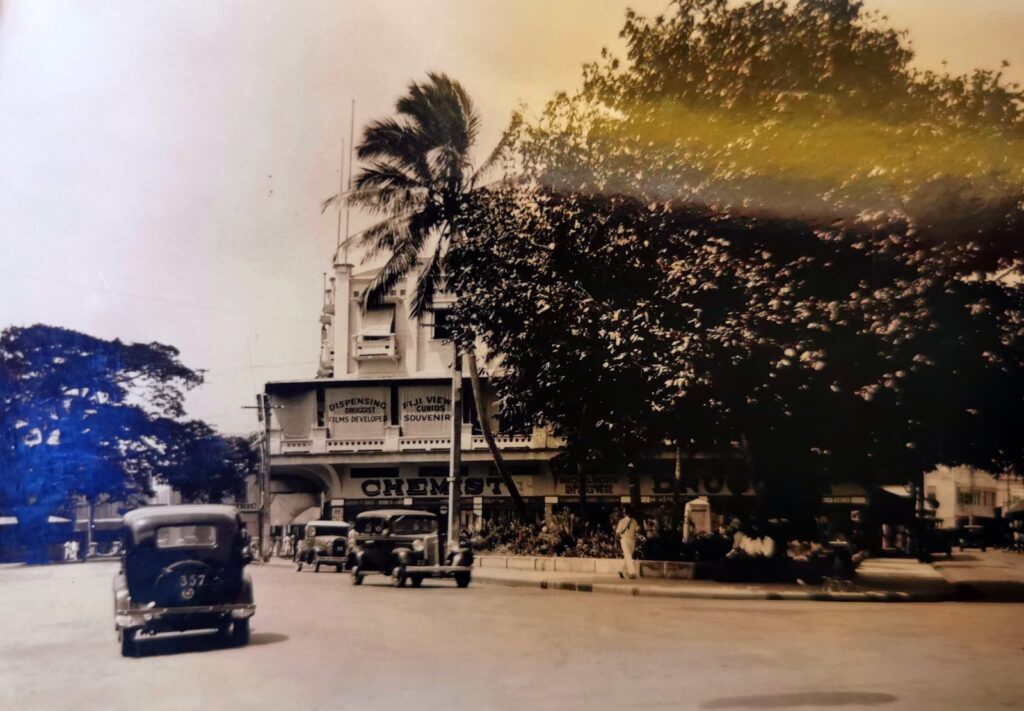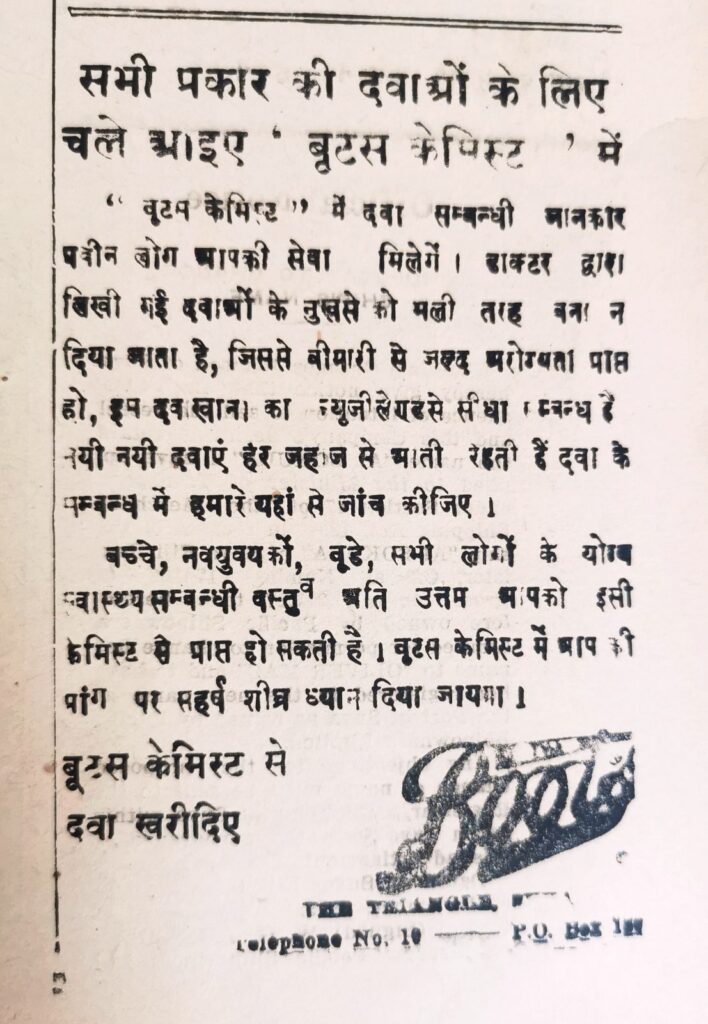
Time to read
Boots in Fiji
In the 1930s, Boots began to expand its retail presence outside the UK. It wanted to grow its overseas business from a strictly wholesale venture, where local agents sold Boots goods to independent shopkeepers, to running its own Boots stores in selective markets.
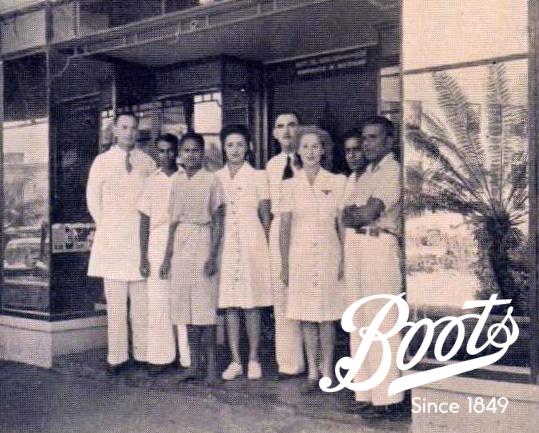
In the 1930s, Boots began to expand its retail presence outside the UK. It wanted to grow its overseas business from a strictly wholesale venture, where local agents sold Boots goods to independent shopkeepers, to running its own Boots stores in selective markets.
The first overseas Boots branch was established in New Zealand. By early 1940, the company had four shops on the North and South Islands of New Zealand, and Suva, situated on the Fiji Islands, was soon to be its fifth.
Fiji attracted Boots’ interest for several reasons. Whilst over ten thousand miles away from the UK, the island had been a British crown colony since 1874. Suva, its capital, and the largest city in the South Pacific, was an active shipping port and catered to travellers and tourists moving between New Zealand, Australia, and Europe. John Boot, the company Chairman, selected Fiji as a site for expansion following his own steamship visit in 1936. Boot stopped in Suva while en route to New Zealand and visited Michelmore Chemist, the city’s largest chemist shop. Icel Michelmore, the shop’s owner, was already Boots’ agent in the area. Boot was intrigued by his unconventional shop, which sold all manner of goods, from prescription medications to asphalt, and already catered to a diverse range of customers.
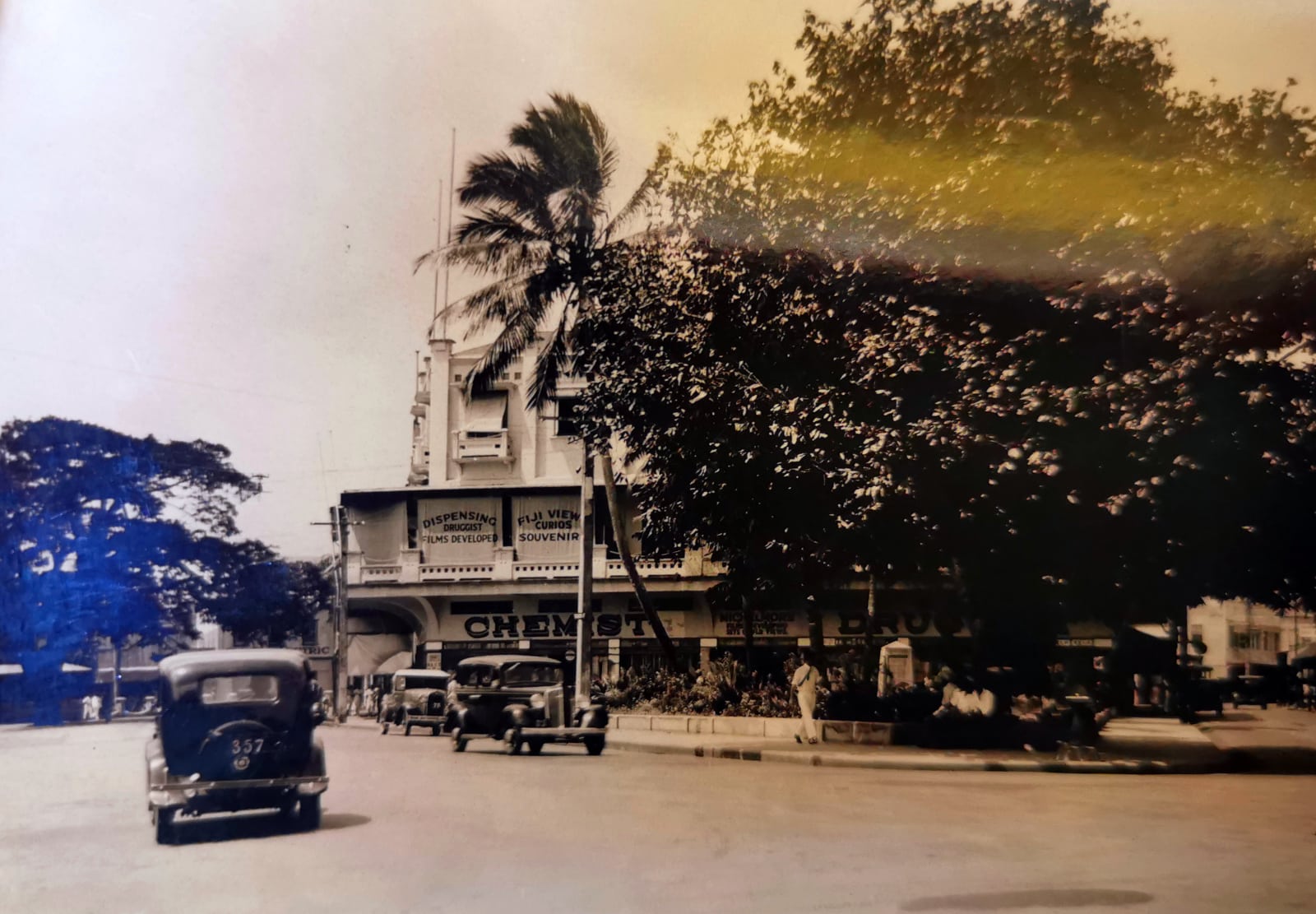
Boots purchased Michelmore Chemist and rebranded it as a Boots branch, reopening the store in 1944. Following the USA’s entry into World War II, American servicemen flooded the island and created a demand for additional shops and supplies. But it was the steady flow of passing steamship travellers that were the company’s bread and butter once the war ended. ‘Tourists from England…’, wrote Mr. Jones, the Suva shop manager in 1952, ‘often express their amazement at seeing a Boots branch so far from home, where they can buy their favourite Boots product’.
Despite rising footfall throughout the 1950s, the Suva Boots store was beset by situational challenges almost from the day it opened. The company had real difficulty identifying its primary customer base. Were they catering to well-heeled tourists travelling between New Zealand and the UK, or trying to serve the needs of the local population? Local conditions also impacted the shop and cut into the firm’s profits. Products had to be shipped from Boots’ New Zealand warehouse, and were kept in the Suva store’s cellars, where the high humidity often made them spoil before they could even reach the shelves.
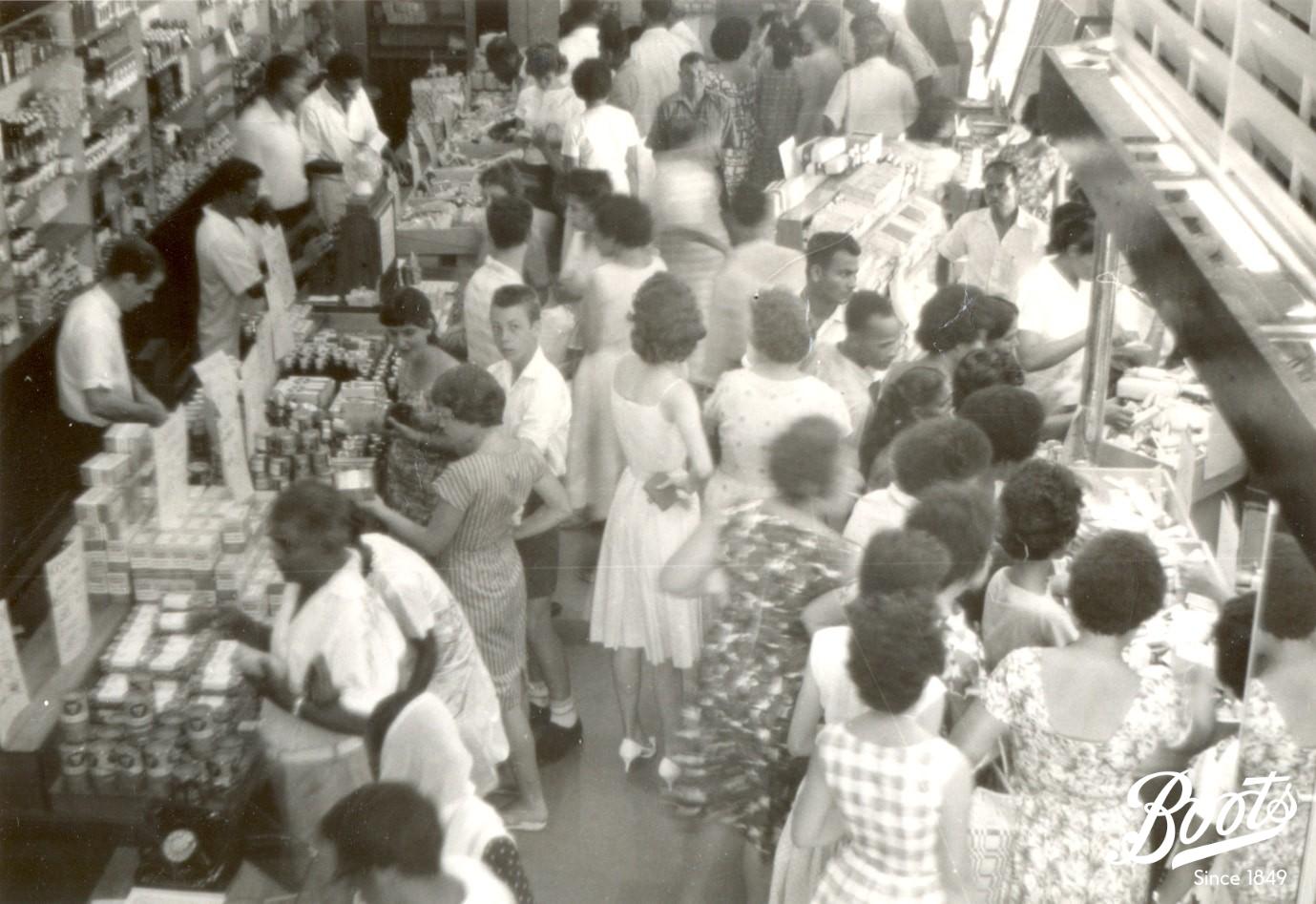
The social demographics and local cultures of Fiji also posed a challenge to Boots’ success. The local population in and around Suva were mostly iTaukei (the major indigenous people of the Fijian Islands), as well as Indo-Fijian, Chinese and European. As such, the Suva shop employed a diverse local staff — approximately 8-10 employees at any given time – to support customer needs and language preferences. Fijian, Hindi, Gujarati, and Chinese were all spoken in the shop, and the shop staff included Hindus, Muslims, Sikhs, and Christians. But the Boots shop was always managed by an English manager, appointed by head office in Nottingham. Differences of culture, language, and religion sometimes created tensions between the manager and his employees, and occasionally between store colleagues too. With many competitive chemist shops on the island already serving the local population, Boots struggled to have a real impact.
Boots’ Suva store remained dependent on the tourist trade, which was itself erratic and unpredictable. Extreme weather or a docking steamship with few British passengers might suddenly upset sales.
Boots courted tourists by selling souvenirs, such as the ‘Boots Fiji’ perfume range, as well as sundries that travellers might need. An herbal tincture, known locally as green oil, was applied to the skin by unlucky swimmers after a coral graze. But increasingly, the store focussed on selling ‘luxury’ items, such as perfumes by Dior and Chanel, and expensive camera equipment. This excited their cosmopolitan clientele who had money to spend, but it did not bring local customers through the doors.
Boots closed its Suva branch in March 1964. The Fiji Times lamented that one of the islands ‘best-known chemist shops’ was due to close after twenty years of service. The staff at the Suva Boots, some employed since the branch opened, held a final liquidation sale in mid-March, which attracted a flurry of customers. Letters to the editor were published in the local press, commenting on the loss, and encouraging a change of heart. But the death knell had sounded, Boots would abandon its store and return to only selling wholesale in Fiji.
Image Gallery
WBA/BT/27/39/2/4/36/51 Photograph of Boots’ Suva storefront published in staff magazine, The Mixture, Spring 1945.
WBA/BT/27/39/2/4/36/2 Boots employees pictured in front of the Fiji store (The Triangle, Suva), c1945.
“Street scene in Suva, Fiji” 1935 photograph showing a slightly obstructed view of Michelmore Chemist, Boots’ agent in Fiji (Fiji Museum P32.5/8).
1954 Boots advertisement in Shanti Dut, a Fijian Hindi language newspaper (National Archives of Fiji).
WBA/BT/12/36/28 Closing sale at the Boots branch in Suva, Fiji, March 1964

